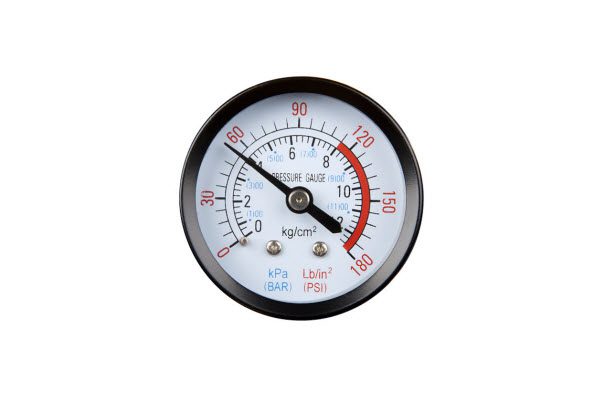Microducts are a popular choice to protect optical fibre
Fast and reliable connection is essential in this hyper-connected world… and it starts at the beginning of the system network.
Microducts allow your customers to expand their fibre network and increase bandwidth… all without adding extra fibres now, that might never be used. Microducts also enable faster and easier cable installation, reduced coefficient of friction and cost-effective repairs or upgrades.
Testing the integrity of any tube prior to fibre being fed or blown in is vital as various contractors may be used at different stages of an install. Customers need to know all tubes have been installed to a satisfactory standard.
 1300 130 423
1300 130 423



